Is there any data on contact napping in infancy? Is there an age at which babies become dependent on contact naps? Does this prevent babies from being able to nap independently? Are there any benefits?
—Anonymous
“Contact napping” — for those not familiar — refers to a setup where babies nap on you. This could be in a carrier, on top of, or in the arms of an awake adult. A lot of infants and small babies will sleep longer while contact napping than alone in a crib — it more closely mimics the womb environment.

There is no “big data” on contact naps — no randomized trials — and some of the impacts we might be most interested in are hard to comment on. For example, your question on independent sleeping is tricky because parents who contact nap, on average, probably put less value on independent sleeping. If we observe less independent sleeping in that group, can we really blame the contact naps? Probably not.
Having said that, here are a few things we do know from first principles.
First, the benefits of contact napping are that many babies will sleep longer than in an independent nap. A second benefit is that some parents enjoy this (this is a real benefit for many people, but it is worth saying not everyone enjoys this).
Second, the risks. Contact napping implies an awake adult. With the sleep deprivation that often accompanies early parenting, it is important to be careful about this. A contact nap on the sofa that turns into a sleeping adult poses a significant risk.
Beyond this, the primary downside of continued contact napping is that it may become more difficult to transition a baby to independent crib sleeping. Not that it is impossible to do; it just may take a little more time. Whether this is a problem or not is really a question of preferences.
Fundamentally, this is a situation in which reasonable people will make different choices, perhaps partly driven by babies with varying temperaments. There is no right answer.
Community Guidelines








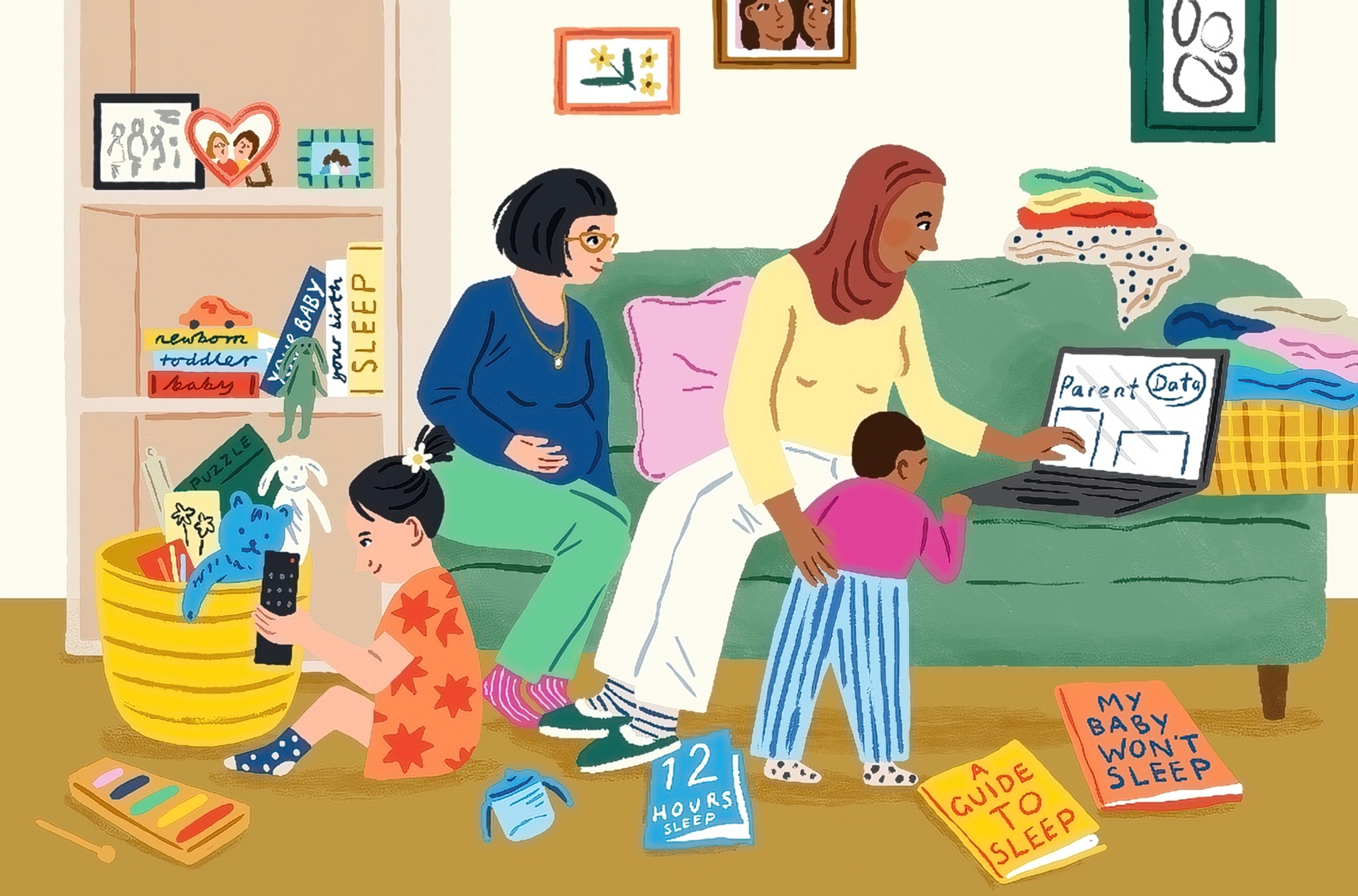
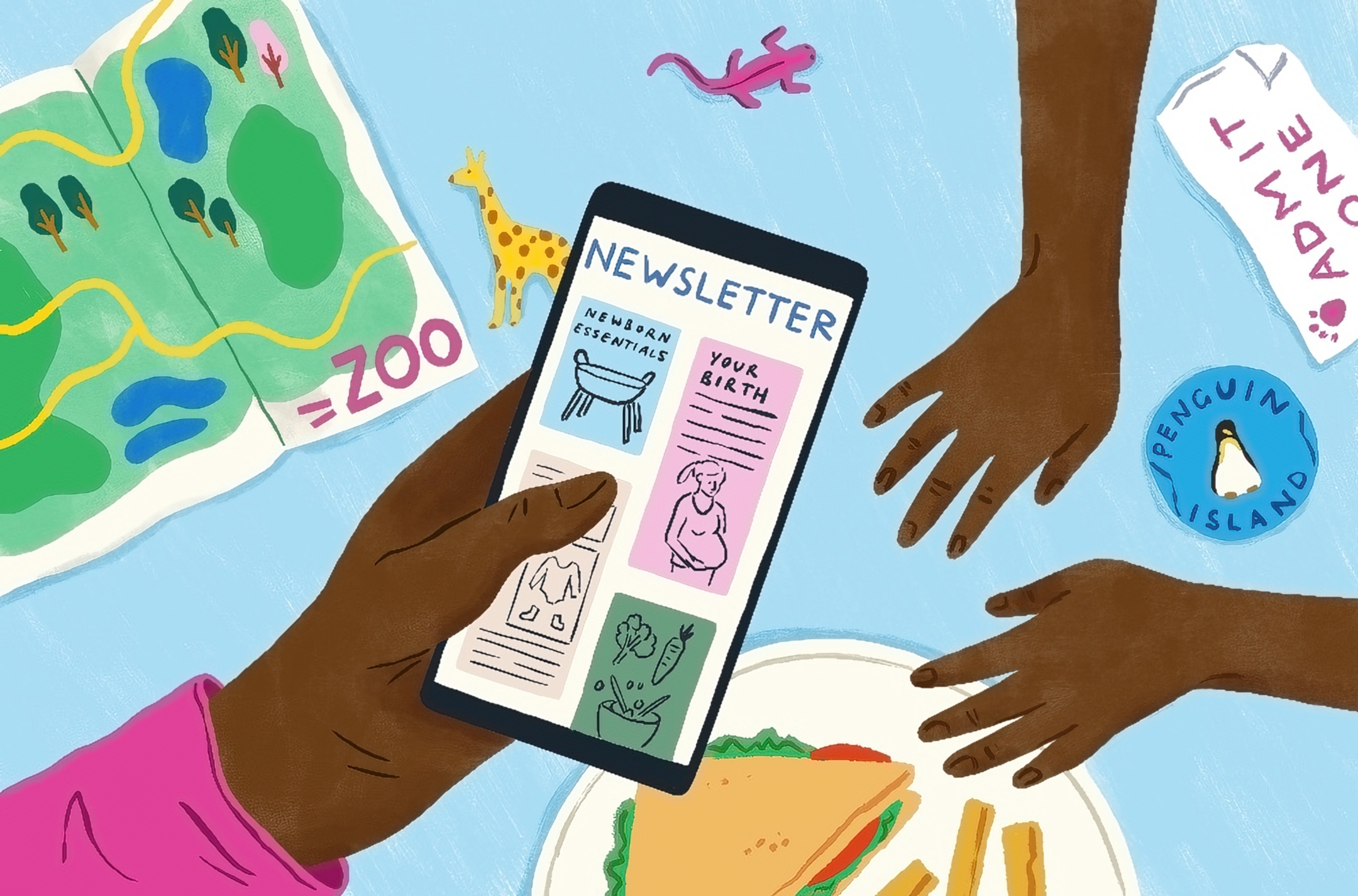

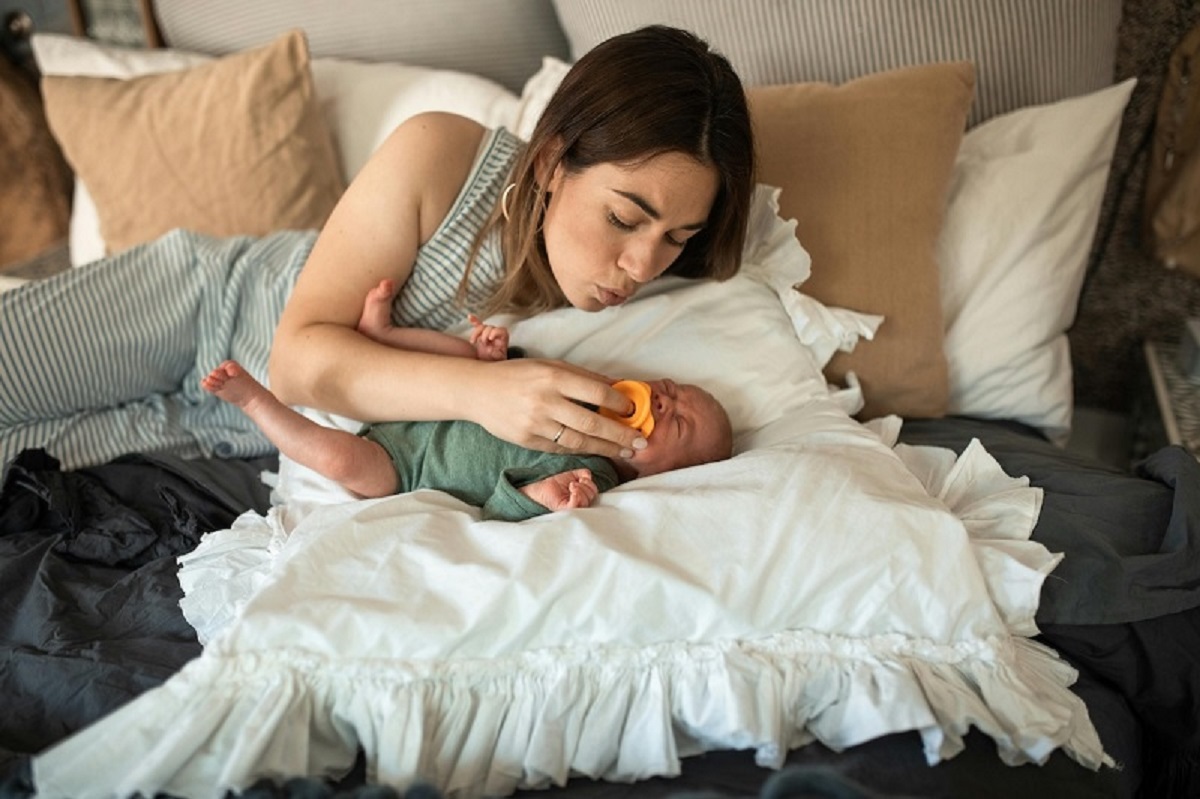
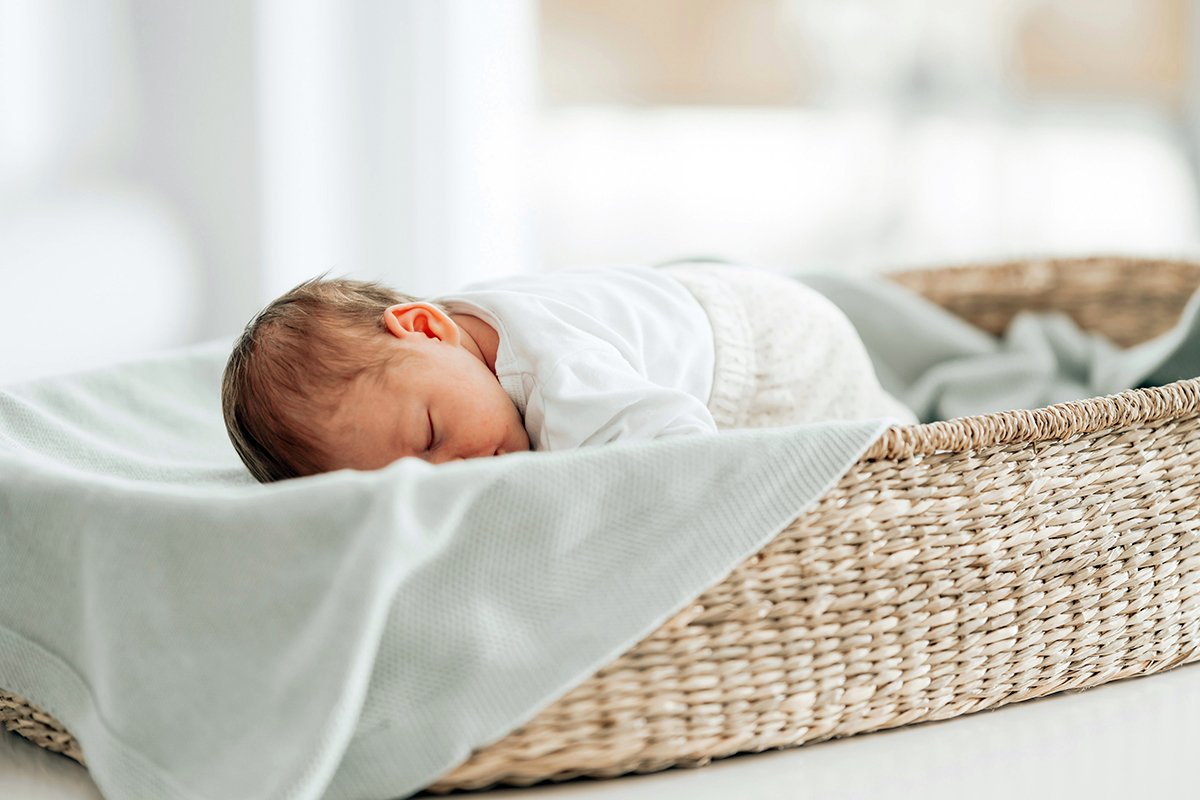
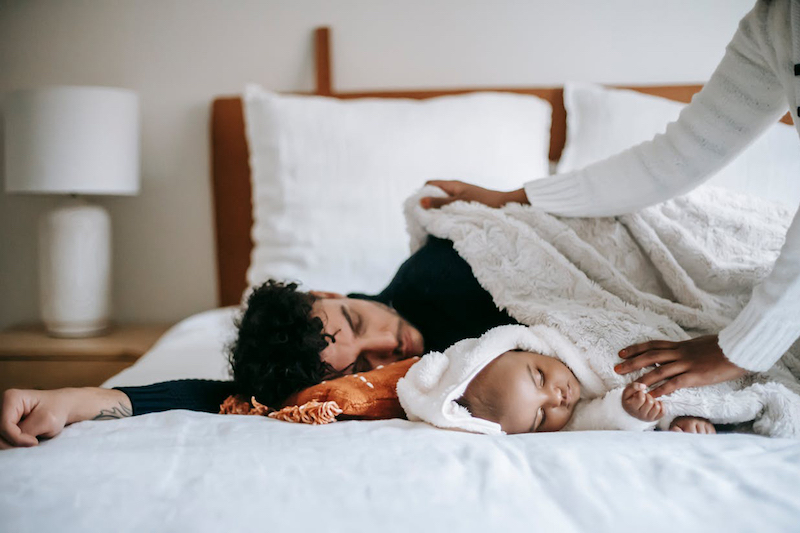


Log in
I will add that my son contact napped with me almost exclusively for the first year- either that or in the car! when he was ready for 1 nap a day, that was too long to contact nap and he went to the crib with no trouble. Not saying this will always be the case, but I’m glad I didn’t let the unknown future dictact choices in the present.